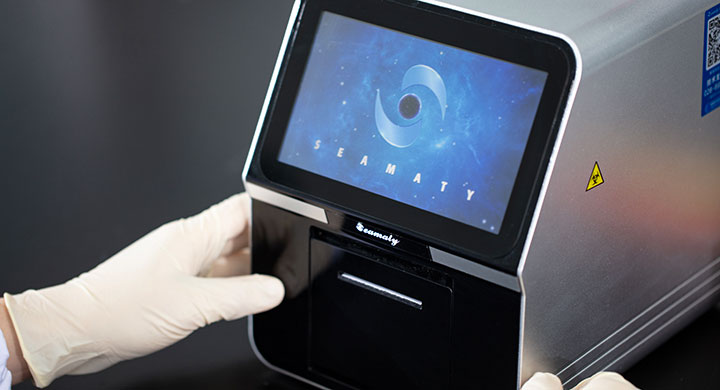release time:2022-02-17 15:30:40
Echocardiography is the use of ultrasound technology to perform imaging examinations. Ultrasound means high-frequency sound waves that cannot be heard by the human ear. The frequency of audible sound waves is within 20,000 kHz, and the frequency of diagnostic ultrasound is between 2 and 15 MHz.

Color ultrasound is a three- (four-) dimensional image that can detect the speed and direction of blood by Doppler ultrasound. It is mostly used to determine blood flow within the cardiovascular system. This is an irreplaceable function of color ultrasound compared to other imaging tests and has an indispensable role in the diagnosis of heart disease.
More Reading
Why do pets need MRI? - Difference From DR, Ultrasound and CT?

2022-04-13
A biochemistry analyzer is also known as a biochemistry machine. It is an instrument that uses the photoelectric colorimetric principle to measure a specific chemical composition in body fluids.

2022-03-14
Currently, there are two main types of COVID-19 virus detection methods: one is based on nucleic acid detection at the molecular level; the other is based on immunological principles, mainly antigen detection and antibody detection.

2021-10-12
Biochemical analysis is very important in medicine. The testing items of biochemical analyzer include liver function, kidney function, ion, cardiac enzymes, blood glucose and lipids and other vital substances. It not only provides scientific basis for the diagnosis of diseases, but also provides important reference for the prevention and treatment of diseases.